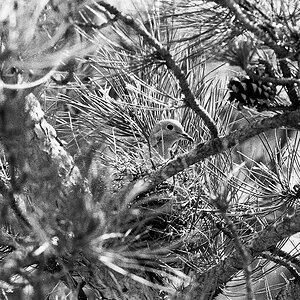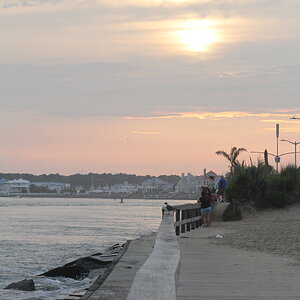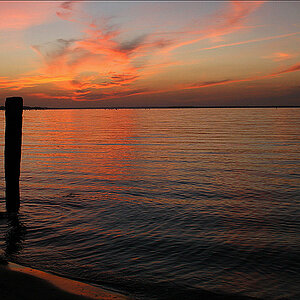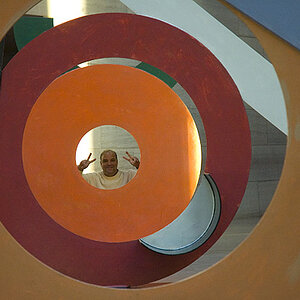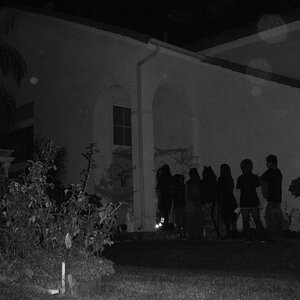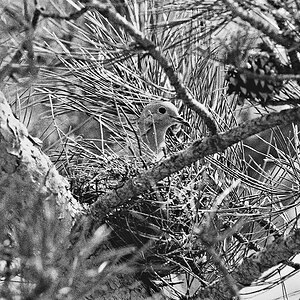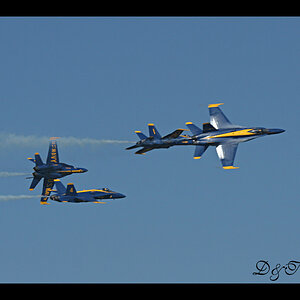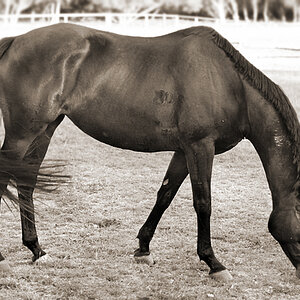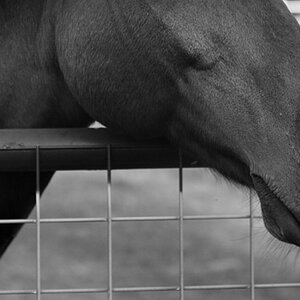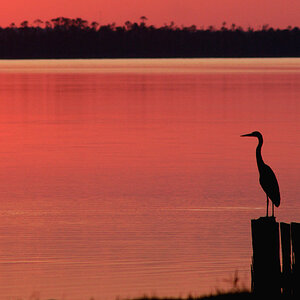glittertherapy
TPF Noob!
- Joined
- May 15, 2016
- Messages
- 8
- Reaction score
- 0
- Can others edit my Photos
- Photos OK to edit
Hi everyone! I am new to the forum, and I was hoping you would be able to help me out.
This year will be the first full season that my small company will be operating, and I have just purchased a new Canon EOS 70D. It came with two lenses: the 3.5-5.6f 18-55 mm IS STM and the 55-250mm 4-5.6 IS STM.
Mostly I will be shooting equine sports photos and pet portraits.
I have SO much more to learn as far as settings and post-processing - so any tips or tricks that you have would be greatly appreciated.
I am going to attach a few photos that I have taken recently, and a couple examples that show my editing capabilities.
Some of my photos are turning out grainy and blurry, and some are clear, but I'm not sure what makes the difference. Do I just need a "faster" lens? I've heard that for equine sports in particular, a 2.8f 70-200mm lens is the ideal, but those lenses are more than a bit outside of my price range at the moment. I would really like for my photos to be crisp and clean. I also would like to be able to capture photos with a high bokeh (I can't seem to do this at all right now).
I'm also having trouble keeping both the horse and fence in focus as they are jumping over it, any idea how I might improve on that?
Our FB page: TwoShoes Photography
ANY advice is appreciated!!!



 [/URL][/IMG]
[/URL][/IMG]
 [/URL][/IMG]
[/URL][/IMG]
This year will be the first full season that my small company will be operating, and I have just purchased a new Canon EOS 70D. It came with two lenses: the 3.5-5.6f 18-55 mm IS STM and the 55-250mm 4-5.6 IS STM.
Mostly I will be shooting equine sports photos and pet portraits.
I have SO much more to learn as far as settings and post-processing - so any tips or tricks that you have would be greatly appreciated.
I am going to attach a few photos that I have taken recently, and a couple examples that show my editing capabilities.
Some of my photos are turning out grainy and blurry, and some are clear, but I'm not sure what makes the difference. Do I just need a "faster" lens? I've heard that for equine sports in particular, a 2.8f 70-200mm lens is the ideal, but those lenses are more than a bit outside of my price range at the moment. I would really like for my photos to be crisp and clean. I also would like to be able to capture photos with a high bokeh (I can't seem to do this at all right now).
I'm also having trouble keeping both the horse and fence in focus as they are jumping over it, any idea how I might improve on that?
Our FB page: TwoShoes Photography
ANY advice is appreciated!!!




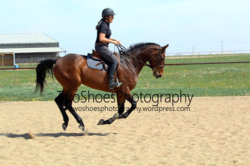
![[No title]](/data/xfmg/thumbnail/41/41765-153b10bab62ae8adbcc4d984fd08ed74.jpg?1619739885)
